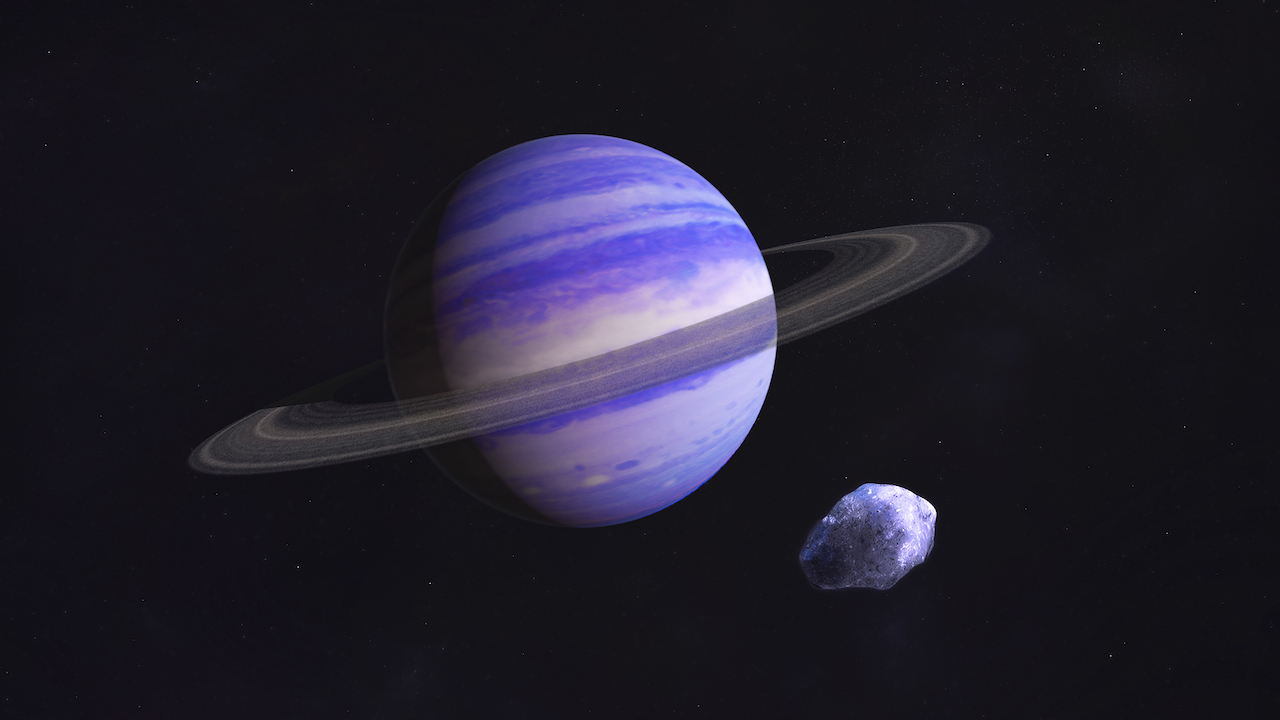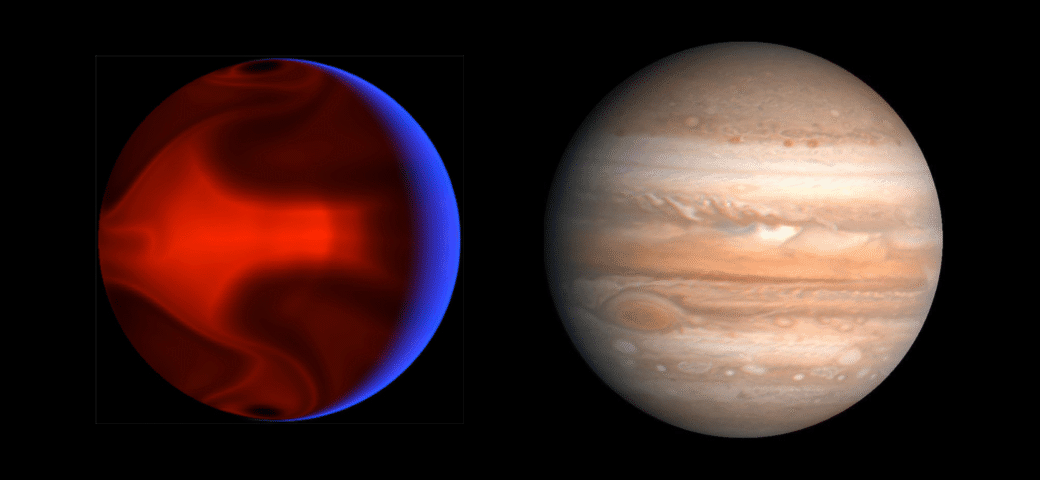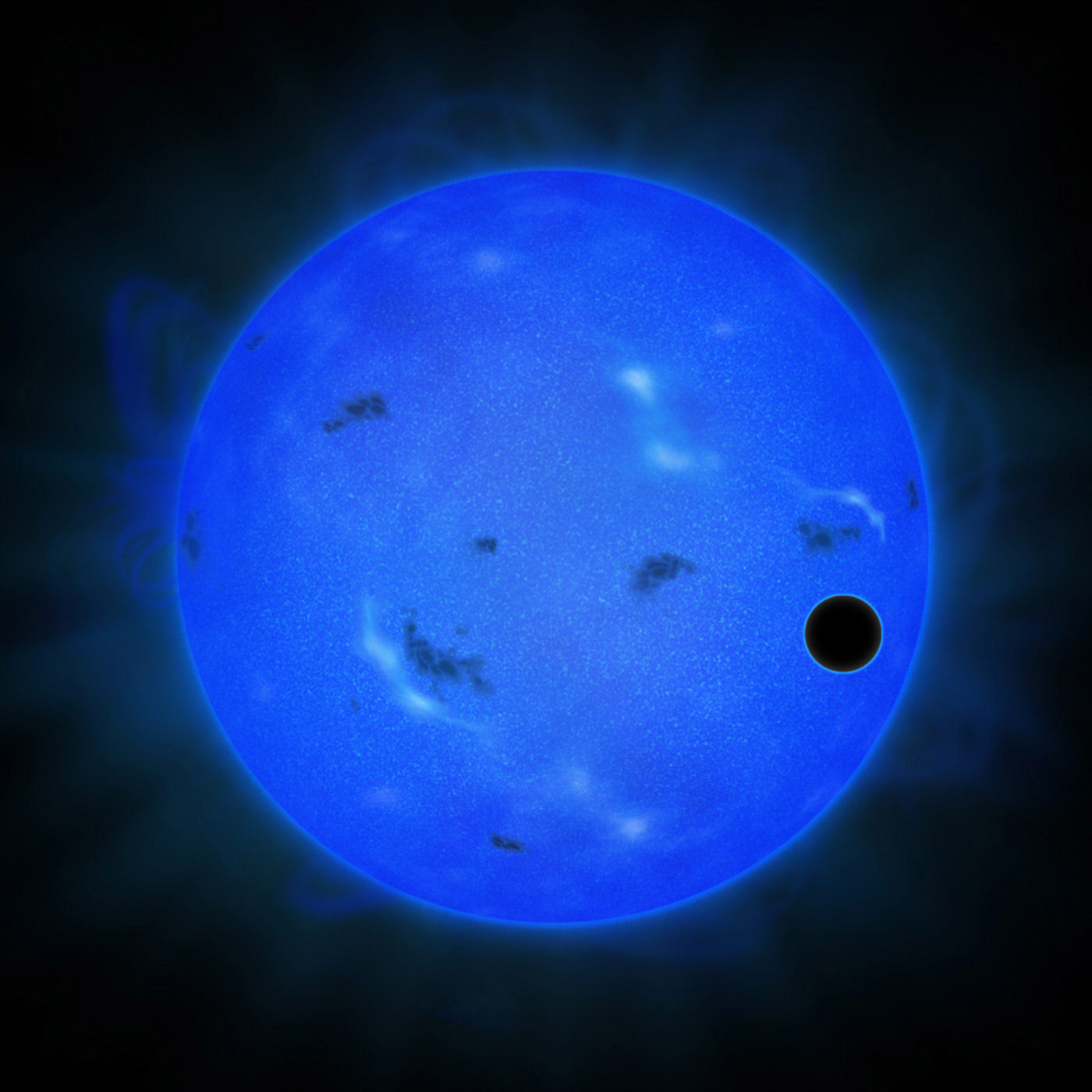
The Strangest Planets In The Universe (Part 3)
Normal planets orbit in the same direction as their star – in a plane a few degrees from the star’s equatorial plane. But it turns out that many planets tend to behave wildly, with steeply inclined orbits, orbits that extend far or insanely close to their parent stars. Some even dare to orbit backwards. Mercury, with a rotation of 7⁰, is the strangest planet in our solar system. It’s a wild, wild galaxy full of exoplanets. Exoplanets are planets orbiting stars outside our solar system – they can be beautiful Earth-like environments or worlds called ‘hell planets’ because of their rough surfaces. You’ll find everything from diamond planets to frozen planets. Planets are so close to their stars that their matter explodes every second, and the planets are so far from the Sun that we still don’t know how they exist. Some planets wander in the darkness of our Universe, while others have such long ages that a year in their world is the equivalent of 900 000 years in ours. So far, we have over 4000 confirmed exoplanets, 2 724 potential exoplanet candidates, and 2 783 planetary systems (stars with confirmed planets). Let’s check it all out, and don’t forget to read the
HD 106906 B: The Planet Furthest From Its Star

Another planet that breaks with everything we know about Astronomy. Neptune is the planet furthest from the Sun in our Solar System. It is an incredible 4,500 million kilometres, which has already taken 165 years to go around the Sun and that in the light of our star, it takes 4 hours to reach it. But it is that HD 106906 b is 97,000 million kilometres from its star. Given this incredible distance, astronomers believed it would be the planet with the lowest temperatures known. But no. To their amazement, the temperature of this planet is 1,500 ° C, much hotter than Mercury, the planet closest to the Sun (58 million kilometres) and where temperatures do not reach 500 ° C. Nothing in HD 106906 b makes sense. Not that it is attracted by gravity at that distance, much less that it is so hot.
Kepler 78b: When The Year Lasts 8 Hours

Kepler 78b, located 172 light-years away, is another of the hells in the Universe. It is so close to its star that it not only reaches temperatures of more than 2,800 ° C, but it only takes 8 hours to complete one revolution around its star. That is, your year does not last 365 days like on Earth, but just like a working day.
HD 80606 B: The Extreme Planet

HD 80606-B, located 190 light-years away, is a black and red gas giant that looks like something out of a horror story. It is so dense that even the light of its star has it challenging to penetrate inside. But not only is it peculiar visually, but it also follows one of the strangest orbits known.
It unusually approaches its star and then wanders far away. This causes temperatures to vary from 3,000 ° C to -20 ° C. It is the planet with the most extreme temperature variations.
GJ 1214 B: The Giant Pressure Cooker

GJ 1214 b is an ocean planet, but that does not make us think that it is a possible home. It is not at all. It is so hostile that it can be considered a liquid hell. Its atmosphere is so dense and expansive that this world is like a giant pressure cooker. Everything that enters this planet is instantly shredded.
NGTS-1b: A Disproportionate Planet
NGTS-1b is known as the “impossible monster”. And it is that, again, this planet should not exist because it defies all the laws of planet formation. It is similar in size to Jupiter but extremely close to its star: 4.5 million kilometres. To understand how incredible this is, keep in mind that Mercury, the closest planet to the Sun, is 58 million kilometres from it. The strangest thing is that this planet is disproportionate to its star, which is very small (half of our Sun). But this is not only surprising. Technically, a star of this size could not have such a giant planet around it, much less so close. Again, the reality is stranger than fiction.
You May Also Like

How To Activate Your ‘Happy Hormones.’
2021-10-15
Memory: How Information Is Stored, Retained And Retrieved
2021-12-19
